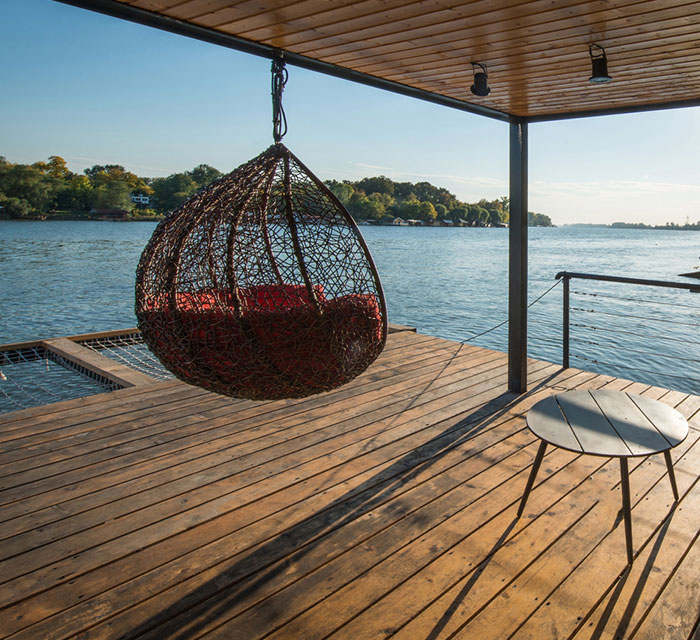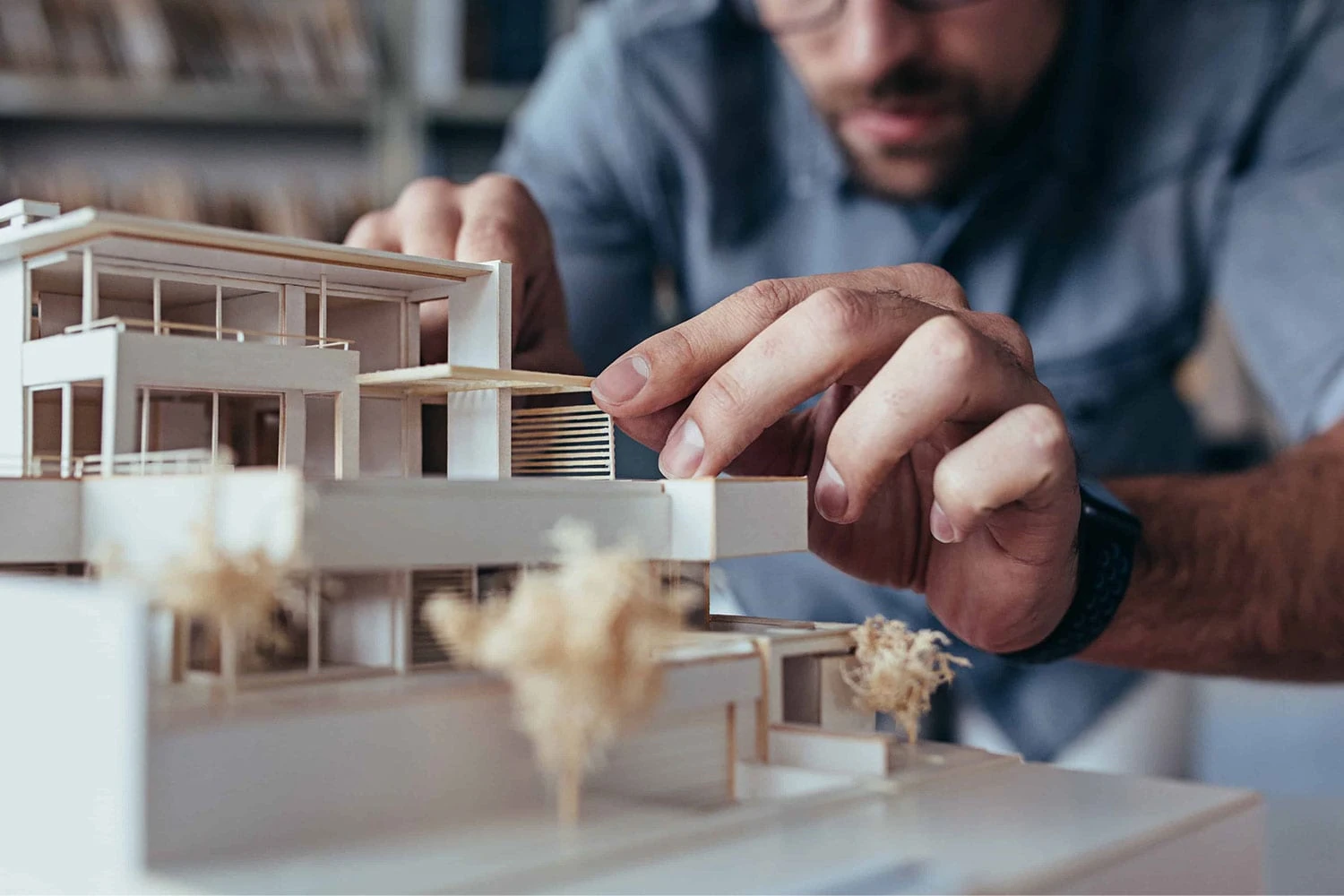Building a real estate website isn’t a one-and-done project. It’s a living, evolving part of your business. Update it regularly with fresh content, new listings, and helpful resources. Track your analytics, listen to user feedback, and keep improving the experience.
In today’s digital-first world, a well-designed website is a non-negotiable for any successful real estate business. Whether you’re a solo agent, part of a growing team, or running a full-scale agency, your website is more than a digital business card — it’s your 24/7 sales tool, your online storefront, and often, your client’s first impression of your brand.
So how do you build a real estate website that not only looks good, but actually helps you close deals?
Here are essential tips and fresh ideas to help you design, build, and grow a real estate website that works.
1. Start with Strategy: Know Your Audience and Goals
Before choosing a color scheme or template, define what you want your website to do — and who it’s for.
-
Are you helping first-time homebuyers?
-
Do you specialize in luxury properties?
-
Are you targeting renters, investors, or commercial buyers?
Clarifying your niche will shape the look, content, and functionality of your site. It’s all about creating a user experience tailored to the needs of your ideal client.

2. Prioritize Clean, Responsive Design
Real estate is visual by nature, so your website should feel clean, elegant, and easy to navigate. Avoid clutter and overly complex layouts. Use white space strategically and stick to a consistent color palette that reflects your brand.
Pro tips:
-
Choose a mobile-first design — most users will visit from their phone.
-
Use legible fonts and clear buttons.
-
Keep the layout intuitive — think “less clicks, more clarity.”
“Buildings may be constructed with concrete and steel, but true architecture is crafted with vision, culture, and the human experience.”
Matt Mullenweg, 2017
3. Create High-Quality Property Listings
Listings are the heart of any real estate website. Make sure each one tells a story that sells.
Key elements of a great listing:
-
High-resolution photos (taken professionally if possible)
-
Accurate, up-to-date information
-
Interactive maps showing nearby amenities
-
3D virtual tours or video walkthroughs
-
Engaging property descriptions that highlight lifestyle benefits, not just square footage
4. Add Smart Search and Filters
A powerful search function is a must-have. Visitors want to easily filter homes by price, location, property type, bedrooms, and more.
Bonus idea: Include a “draw-on-map” search feature so users can visually define their preferred area. It’s intuitive and fun to use
Lorem Ipsum roin gravida nibh vel velit auctor aliollicitudin, lorem quis bibendum auctor nisi elit consequat ipsum nec sagittis sem nibh id elit. Duis sed odio sit amet nibh vulputate cursus a sit amet mauris. Morbi accumsan ipsum velit.





